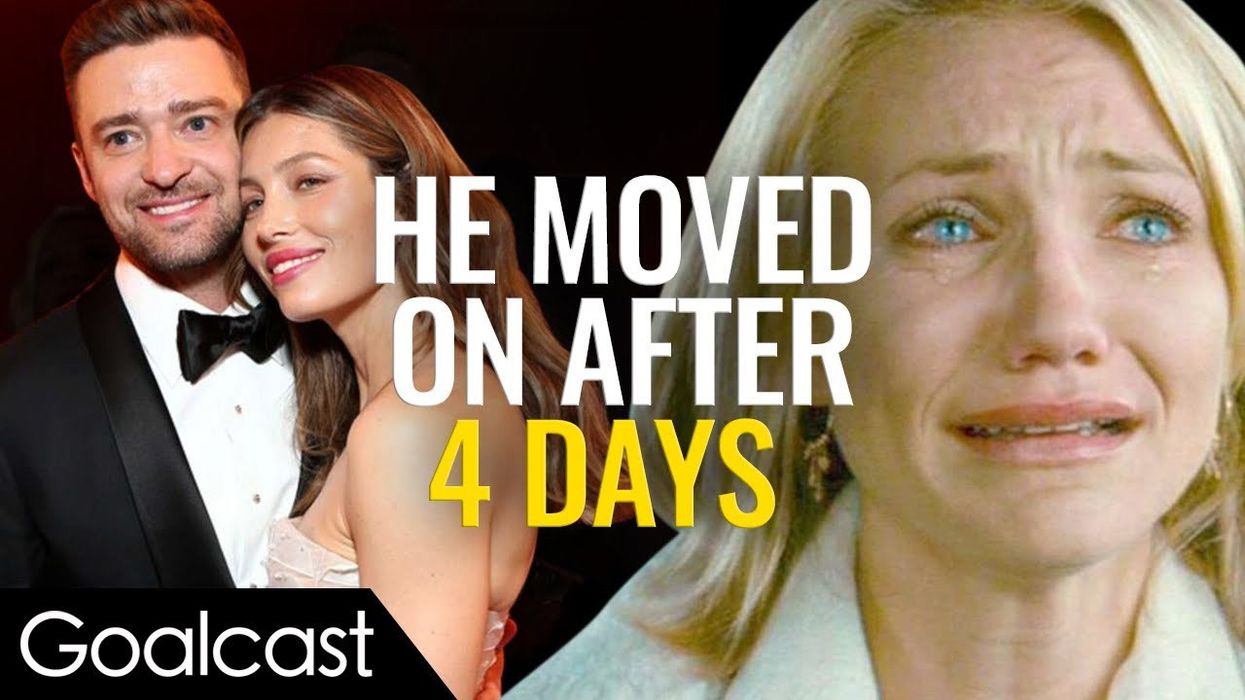How to Improve Your Personal Branding in the Age of Social (and Why Everyone Should Care)
Like it or not, social has changed everything.
With the birth of search engines and social media, personal branding now applies to virtually any working professional, from white-collar workers to entrepreneurs, business owners, entertainment personalities, and artists.
This is both good and bad, depending on how you look at it. However, one thing is for certain: you’re in control. You have the ability to dictate your own personal branding online. And it’s not as difficult as you might think.
Remember that your reputation is everything. You build your personal brand through everything you do, whether big actions or small decisions, and that brand will stay with you throughout your career.– Jan Fields
You’ve probably done it before without even realizing it. You hear about a new artist or brand and inevitably end up on one of their social profiles or their personal site. And then it happens: you judge them.
There’s no getting around it, if there’s information out there and we’re interested in it (or them), we’ll find it. And, because we’re human, we pass judgment one way or another– whether we like them or not.
As the Internet generation, we’ve gotten very good at finding things online. Unfortunately, this also goes for your potential clients, employers, and investors. If your online listings aren’t presentable in the way you’d like them to be, it can hurt your career in a big way.
Identify where you’re listed online
First, make a list of everywhere relevant you appear online. This includes Facebook, Twitter, Instagram, Snapchat, LinkedIn, and anywhere else that would show up if your name was placed into a search engine such as your personal website (if applicable).
Most people don’t realize everywhere their information appears, but if it shows up in search engines – people are going to find it. Keep in mind that you can generally ignore anything that shows up beyond the first page, we rarely (if ever) click that far.
Once you’ve done this, take a second to rank the importance of each of these sites as far as your professional appearance (i.e. brand) is concerned.

Private or public?
Next, an easy way to remove any listings you might prefer potential employers, clients, or business partners not see is to simply make them private. So, decide if each of the profiles from the list you’ve made should be private or public and make the necessary changes.
Update your profiles
Once you’re done deciding what profiles to make private, you need to start by updating the remaining listings that are left. Remember, this includes anywhere you show up online, so at this point, the only thing that should show up in search engines is something you’re okay with professional contacts seeing (provided they get a little updating) or something that’s harder to remove like forum comments.
What do you update? Most notably, this includes:
- Descriptions: They should be professional and benefit-centric. Benefit-centric means they communicate what you offer to potential contacts, be that employers, leads, or investors. And make sure to proof your work! Typos look bad and are easily fixed with a quick reread and some Grammarly.
- Images: Your main profile image needs to display both your professionalism as well as positive qualities such as likeability. The easiest way to do this? 1) Hire a professional to take a great picture of you, preferably with a natural background and 2) Smile! We find people who smile in pictures much more likeable and trustworthy. This goes a long way.
Take time to make a great LinkedIn profile
I’m still surprised how many working professionals and entrepreneurs have yet to invest in a great LinkedIn profile. It’s not necessary by any means, but if you depend on attracting potential clients or impressing employers, it can go a long way and should definitely be considered.
A LinkedIn profile will take more work to fill out than anything else, but once complete (and a little time has passed) it can rank higher than other profiles in search engines – especially with regular updates – making this an even more worthwhile effort.
Whether you love it or hate it, you now have more control than ever over your professional future. But the truth is, if you don’t take command of what and how you appear online, your personal brand online can have real negative consequences on the growth of your business or professional career.
Use these tips to do a “quick clean” of your digital assets and help move your professional life forward into the digital age.































